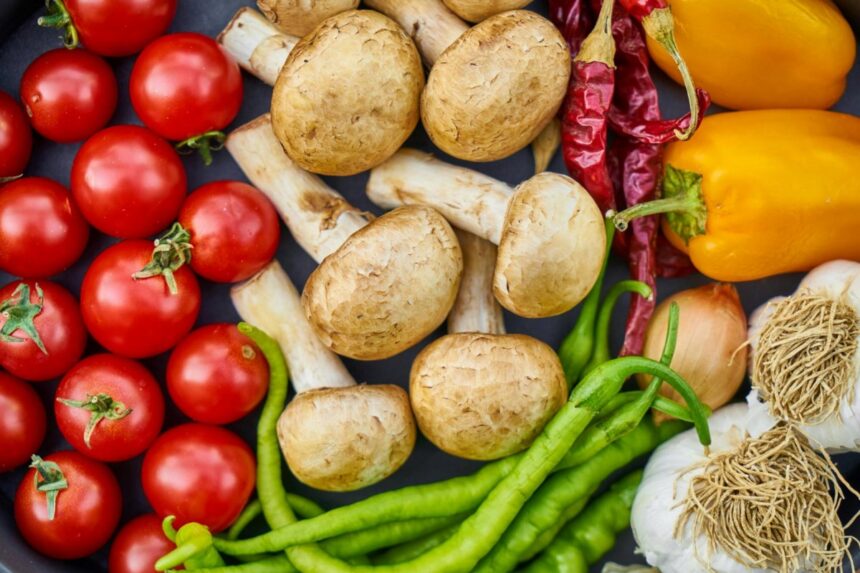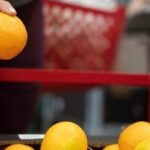In a province where food systems keep evolving, Ontario farmers and food producers now have a powerful new digital ally. The Ontario Local Food Map, launched earlier this month, connects consumers directly with local food sources across the province – from roadside stands to farmers’ markets, and everything in between.
Walking through the St. Lawrence Market in Toronto last weekend, I watched as shoppers examined Ontario apples with the same careful attention they might give to imported exotic fruits. This growing consumer interest in local food isn’t just anecdotal – it’s backed by numbers. According to the Greenbelt Foundation, over 80% of Ontarians actively look for locally grown products when shopping.
“People want to know where their food comes from, but sometimes finding local options can feel like searching for a needle in a haystack,” said Lisa Thompson, Minister of Agriculture, Food and Rural Affairs, during the map’s virtual launch event. “This map changes that dynamic completely.”
The interactive online tool, developed through collaboration between the provincial government and Foodlink Ontario, allows users to search by location or product type. What makes it particularly valuable is its comprehensive nature – over 1,500 local food businesses are already represented, from Thunder Bay to Windsor.
For farmers like Stephanie Wilson, who runs Frosted Feather Farm outside of North Bay, the map represents more than just a marketing tool. “During COVID, we saw how fragile food supply chains can be,” Wilson told me while selling her free-range eggs at the North Bay Farmers’ Market. “Tools that connect us directly with consumers aren’t just nice to have – they’re essential for small-scale producers like us to survive.”
The map’s development wasn’t without challenges. During early testing phases, users in rural areas reported connectivity issues, highlighting the ongoing digital divide in parts of Ontario. The development team responded by creating a low-bandwidth version that loads quickly even with spotty internet connections.
Brian Boland, Executive Director of the Ontario Federation of Agriculture, points to broader implications beyond consumer convenience. “When people buy local, they’re not just getting fresher food. They’re strengthening regional food security and keeping their food dollars circulating in their communities,” he explained during a phone interview.
The initiative comes at a critical time for Ontario’s agricultural sector. Statistics Canada data shows that between 2016 and 2021, Ontario lost nearly 2,000 farms. Rising production costs, climate challenges, and competition from larger operations have put pressure on small and medium-sized producers.
In Elgin County, berry farmer Amanda Luxton credits direct-to-consumer sales with keeping her family’s third-generation farm viable. “Corporate grocery chains squeeze producers on price, but when customers find us directly – whether through farm visits or farmers’ markets – we can explain our growing practices and build relationships that justify fair pricing,” she said.
The map also highlights the diversity of Ontario’s food landscape. Users can find everything from halal meat processors in the GTA to wild rice harvesters in northwestern Ontario. This inclusivity reflects both the cultural diversity of the province and the wide range of growing conditions across its regions.
During a community meeting in Sudbury, I spoke with several seniors who appreciated the map’s user-friendly design. “I don’t consider myself tech-savvy, but even I can use this,” said 72-year-old Margaret Wilson. “Now I know exactly where to find local honey within 20 kilometers of my home.”
The project isn’t without critics. Some smaller producers worry about keeping their information updated, while others point out that being listed doesn’t guarantee business success. “The map is a tool, not a solution to all marketing challenges,” noted Jordan Taylor, who teaches agricultural business at the University of Guelph. “Producers still need to develop quality products and create compelling reasons for consumers to choose them.”
Looking ahead, the Ontario Local Food Map developers plan to add seasonal availability filters and integrate public transportation routes to help those without vehicles access farm gates and markets. They’re also exploring partnerships with tourism organizations to promote culinary exploration throughout the province.
What makes this initiative particularly timely is how it aligns with broader conversations about food sovereignty and environmental sustainability. When consumers source food locally, transportation emissions decrease, and packaging often becomes minimal or reusable.
At the Peterborough Farmers’ Market, vegetable farmer Theo Chang summed up the sentiment shared by many producers I’ve spoken with: “Every time someone chooses local food, they’re voting for the kind of food system they want to see. This map makes casting that vote a whole lot easier.”
For Ontarians interested in exploring what’s growing in their own backyards, the Ontario Local Food Map is available through the Ontario.ca website or directly at ontariolocalfood.ca.






